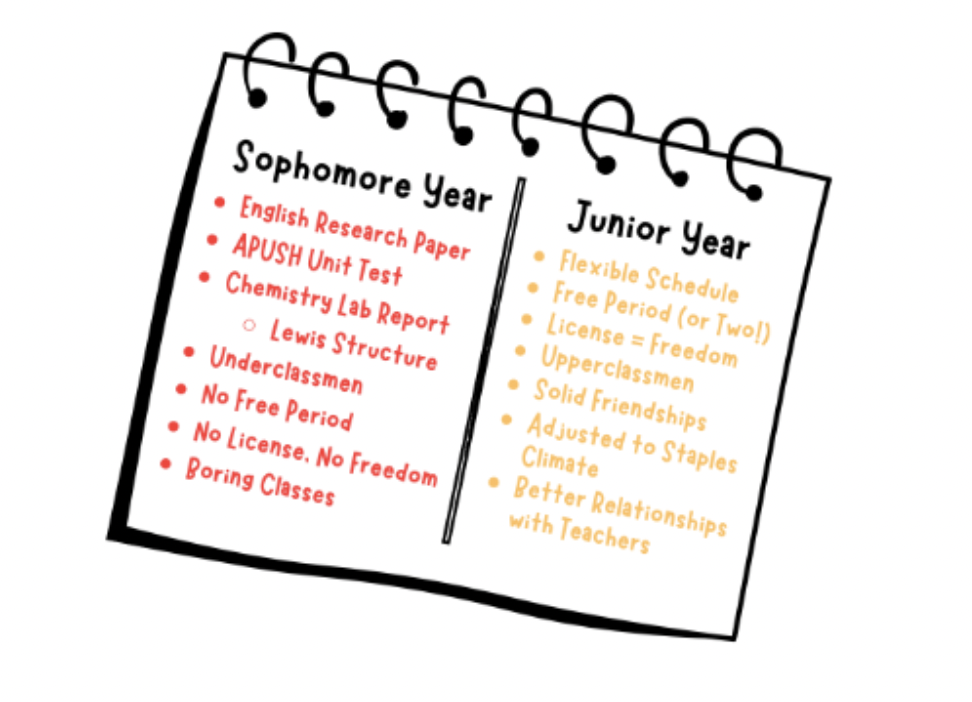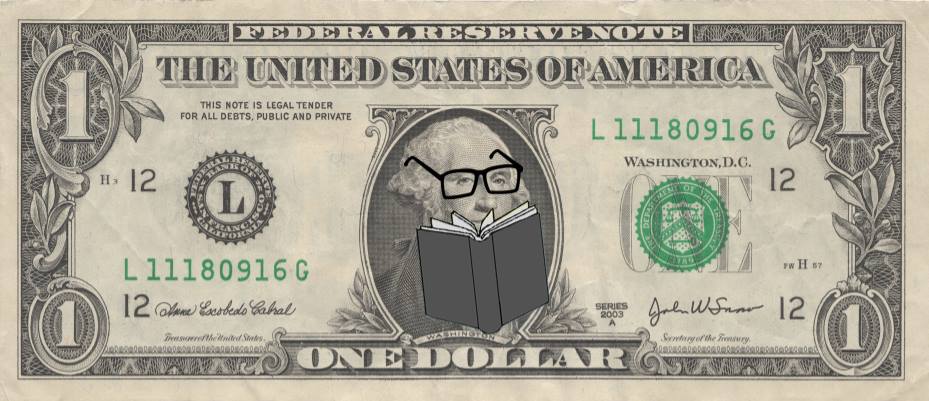The College Board demands a lot from us.
We spend months preparing for PPSATs and PSATs and SATs and AP tests. We spend sleepless nights panicking about where our scores will place us on the Naviance scatter plot.
And we spend a hefty amount of money just to take these tests.
Specifically, $92 per AP test.
Financial assistance is available for students who need it. But while the steep price shouldn’t prevent anyone from taking the tests, it can act as a deterrent for AP students who are on the fence.
Plus, forking over almost a hundred dollars per test hurts more than our bank accounts – it damages the reputation of education itself.
In today’s society, it seems as though education is quickly becoming more of a privilege than a right. Staples students pride themselves on taking an excessive number of AP courses, but we don’t always realize how fortunate we are to be able to afford them.
“In general, 92 dollars is a lot for a test, but I think in a town such as ours that money isn’t a huge deal,” said Noah Reiner ‘15, who takes AP Government and AP Statistics.
And these tests can really add up. Highly motivated (read: overworked) students taking multiple AP’s are paying upwards of two hundred, even three hundred dollars to sit in a classroom and bubble in Scantrons.
In contrast, the SAT costs a reasonable $49.
The College Board calls itself a “not-for-profit organization,” but that may be true in name only.
According to the Nonprofit Quarterly, the College Board yielded a 9.9% profit in the period from July 2010 to June 2011, with half of its revenue coming from AP courses.
And the dark cloud perpetually hovering over our aching heads isn’t just a faceless monster – it is run by living, breathing employees who make quite a bit of money.
The College Board’s CEO, Gaston Caperton, is earning 444% of the industry average, according to Americans for Educational Testing Reform.
He is paid more than the president of Harvard University.
And here we are, emptying our metaphorical piggy banks to take AP tests in the hopes that we might someday end up at a school a fraction as good as that one.
How ironic.
Yet when May rolls around, you’ll still find me crammed into the library with most of my classmates, frantically scribbling out FRQ’s and synthesis essays.
All I’m saying is, the cost of AP exams should make us stop and think for a second.
How much is too much?















































